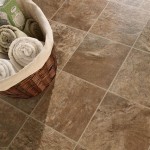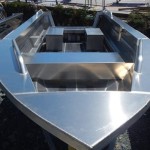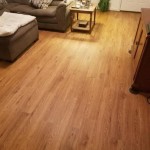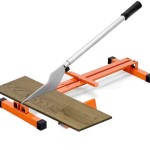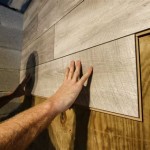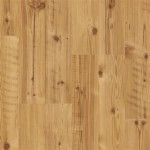Understanding the Benefits of Foam Underlay for Engineered Wood Flooring
Engineered wood flooring has become increasingly popular due to its durability, beauty, and ease of installation. However, to ensure optimal performance and longevity, using a suitable underlayment is crucial. Among various underlayment options, foam underlay has gained prominence for its exceptional benefits.
Advantages of Foam Underlay
Improved Sound Absorption: Foam underlay provides excellent sound insulation, reducing impact and airborne noise. It effectively absorbs vibrations and footsteps, creating a more peaceful living environment.
Enhanced Comfort: The resilient nature of foam provides cushioning underfoot, increasing comfort while walking or standing. This makes foam underlay ideal for areas with prolonged foot traffic, such as living rooms or kitchens.
Moisture Resistance: Certain foam underlays are moisture-resistant, protecting against water damage and potential mold growth. They act as a barrier between the flooring and subfloor, preventing moisture from seeping in.
Leveling Irregular Subfloors: Foam underlay helps level out imperfections in the subfloor. This ensures a smooth and even surface for the engineered wood flooring, preventing potential squeaks or unevenness.
Increased Insulation: Foam underlay provides additional thermal insulation, reducing heat loss through the flooring. This can result in increased energy efficiency and lower heating costs during colder months.
Choosing the Right Foam Underlay
To select the best foam underlay for your engineered wood flooring, consider the following factors:
- Thickness: Thicker underlay provides better sound absorption and comfort, but it can also affect the height of the flooring.
- Density: Denser foam is more durable and provides better support, while less dense foam is more pliable and conforms to irregular surfaces.
- Moisture Resistance: If moisture is a concern, opt for an underlay with a moisture barrier.
- Compatibility: Ensure the underlay is compatible with your specific engineered wood flooring type.
Installation Considerations
Before installing foam underlay, it's important to prepare the subfloor by cleaning and leveling it. The underlay should be laid flat and secured using tape or adhesive. Once the foam underlay is installed, you can proceed with installing the engineered wood flooring according to the manufacturer's instructions.
By choosing the right foam underlay and installing it correctly, you can significantly improve the performance and aesthetic appeal of your engineered wood flooring. It provides a comfortable, quiet, and durable foundation for a long-lasting and visually stunning floor covering.

The Advantages Of Poly Foam Underlay Blog Floorsave

Acoustic Foam Laminate And Wood Flooring Underlay 2mm

White Foam Underlay Mulveys Of Dundrum

White 2mm Underlay For Wood Or Laminate Flooring

Acoustalay 250 Wood Flooring 3mm Adhesive Foam Underlay 10m² Roll

Foam Underlay White 2mm For Laminate And Wood Flooring

Utility Floor Underlayment Foamtech

White Foam Underlay Direct Flooring

Silver Laminate And Wood Flooring Underlay 3mm

Laminate Flooring Underlay Guide Choosing The Best Mr Sander
Related Posts

